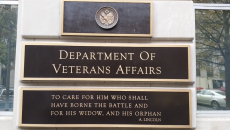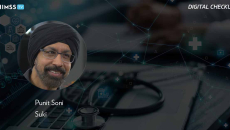Workforce
The Department of Veterans Affairs has reportedly signed an interagency agreement with the Office of Personnel Management to oversee staff reductions in force of up to 80,000 staff members.
Working with hellocare.ai, the health system's Florida campus will co-develop ambient clinical intelligence to improve inpatient care and reduce clinician workloads.
The new telesurgery service in Central Queensland will also accelerate the training and upskilling of surgical residents and trainees.
Informatics leaders also have to be closely invested in their organization's goals, says Dr. Robert W. Warren, who offers advice drawn from a long career on bridging clinical and technological roles, making tough decisions and being a team leader.
Artificial intelligence alone is not the answer, says Charles Worthington of the U.S. Department of Veterans Affairs. Connecting AI-enabled insights like risk scoring to a larger healthcare program is what helps move the needle on outcomes.
Four FQHCs and one community hospital are learning from each other as they navigate various artificial intelligence implementations. Leaders from the Health AI Partnership will discuss their experiences at the HIMSS AI in Healthcare Forum in July.
Cybersecurity In Focus
The payoff behind artificial intelligence, the expertise of virtual CISOs and the tactics of successful device management – Peyman Zand, chief strategy officer at healthcare consulting firm CereCore, spells out the benefits and the challenges.
Also, Tend Health has received funding to deliver the New Zealand government's new digital mental health and addiction service.
Paul Contino, CIO of Newark, New Jersey-based University Hospital and chair of the Global Health Education Committee, describes how sessions are chosen, focusing on basic blocking and tackling and the promise of emerging technologies.
Punit Soni, CEO and founder of Suki, predicts tech will become more invisible – and more "human" – and will make the healthcare experience more frictionless for patients and providers.









